The article was first published in World View magazine, Issue 2021/16
This English version was translated from the Chinese original with DeepL. I apologize for any mistakes made by this AI translation tool.
Every high school student in China will have read about the transformation of the old industrial base of the Ruhr in Germany in geography class. This distant and unfamiliar place entered the industrialized society earlier than China but also fell into the whirlwind of “deindustrialization” earlier. I always wanted to come to this place, which is far from being popular with tourists, to see for myself if the Ruhr region in the textbook is really as described and can be the object of China’s future development?
Contents
Dortmund, the rebirth of the Phoenix steel plant
I parked in the spacious P+R parking lot just outside Dortmund, and unlike the commuters hurrying to change to the metro for the city centre, my destination was Phoenix-See, not far away. At first glance, it looks like an ordinary German city lake. The blue surface of the lake is clear, the sails are shimmering, and the path around the lake is full of joggers.
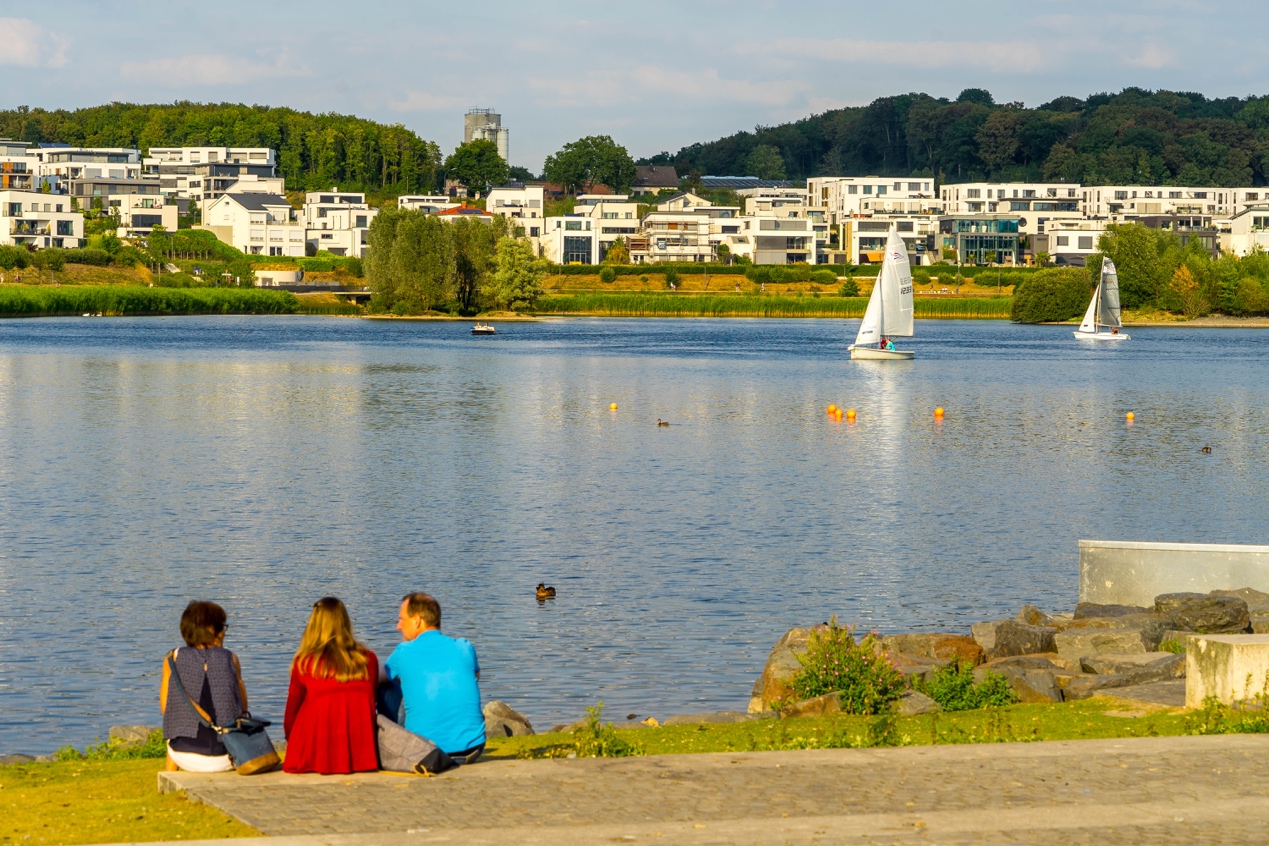
However, contrary to what you might think, the “Phoenix Lake” is named after the “Phoenix Mining and Metallurgical Group”, which has nothing to do with literature. In 2001, as the centre of the world steel industry shifted to China, the Dortmund Phoenix Steelworks was officially closed down and the blast furnace, which had been running non-stop for 160 years, cooled down for the first time. At this point, Dortmund, like every old industrial site in the world, was faced with a choice of where to go.
Going against the trend of the times and bringing in another factory was clearly not possible. And the exodus of residents caused by the factory shutdown made the idea of setting up the area as a new residential area unrealistic. To make matters worse, the long history of industrial production has left the area with soil pollution well above German limits. Overnight, the Phoenix Steel site went from being a hot industrial site to a hot potato that nobody wanted. What to do?
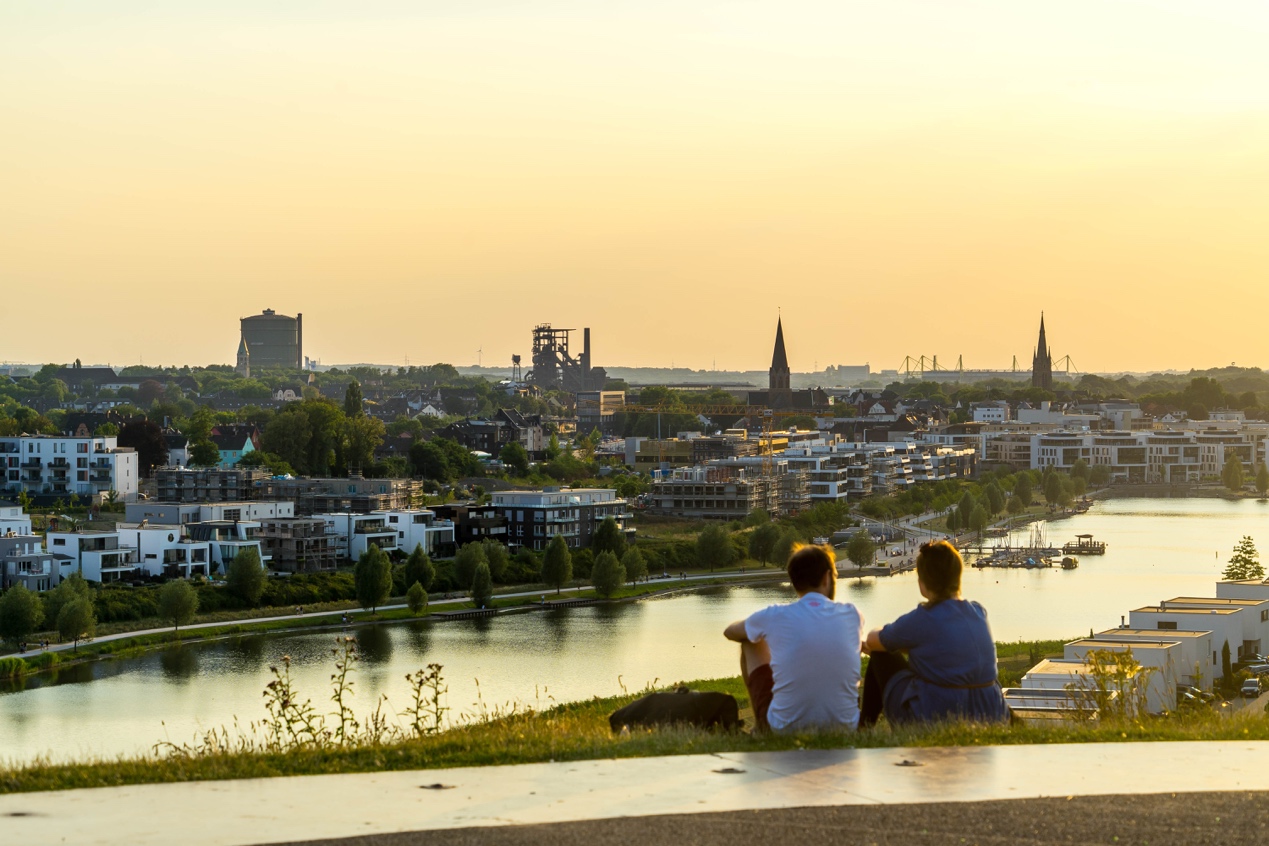
In 2005, a bold idea was proposed and put into practice: all the contaminated soil under the original plant was excavated and the pit left behind was made into an artificial lake. As for the excavated soil, it was piled up on a hill on the spot, sealed thoroughly and then completely wrapped with clean soil. Under this big shift, the industrial pollution area that everyone hated was transformed into a picturesque place within a few years. Land prices have also risen and the area has become a new hotspot for Dortmund residents, with a large number of medium- and high-end residential areas going up in the vicinity.

Whether on weekdays or weekends, there is never a shortage of residents who come here to relax, from young couples to happy families, and even elderly people who live alone in electric wheelchairs can easily come here due to the excellent barrier-free facilities. Only one former blast furnace has been preserved as an industrial relic in the whole area of the former Phoenix Steel Factory, which has become the best footnote of the change of times. A sign on the side tells where its machine siblings are now relocated to China.

DASA, old workers in the “working” museum
Following the de-industrialisation of the Ruhr, a great deal of the Ruhr’s industrial heritage has been moved to (or even transformed into) museums on site. One of the countless industry-related museums here is DASA, located on the outskirts of Dortmund, whose full name is “Working World Exhibition” and which has an exhibition area of more than two football fields. What attracted me to this place is that it doesn’t focus on cold industry” or machines like most industrial museums, but on living people. It focuses on living people.
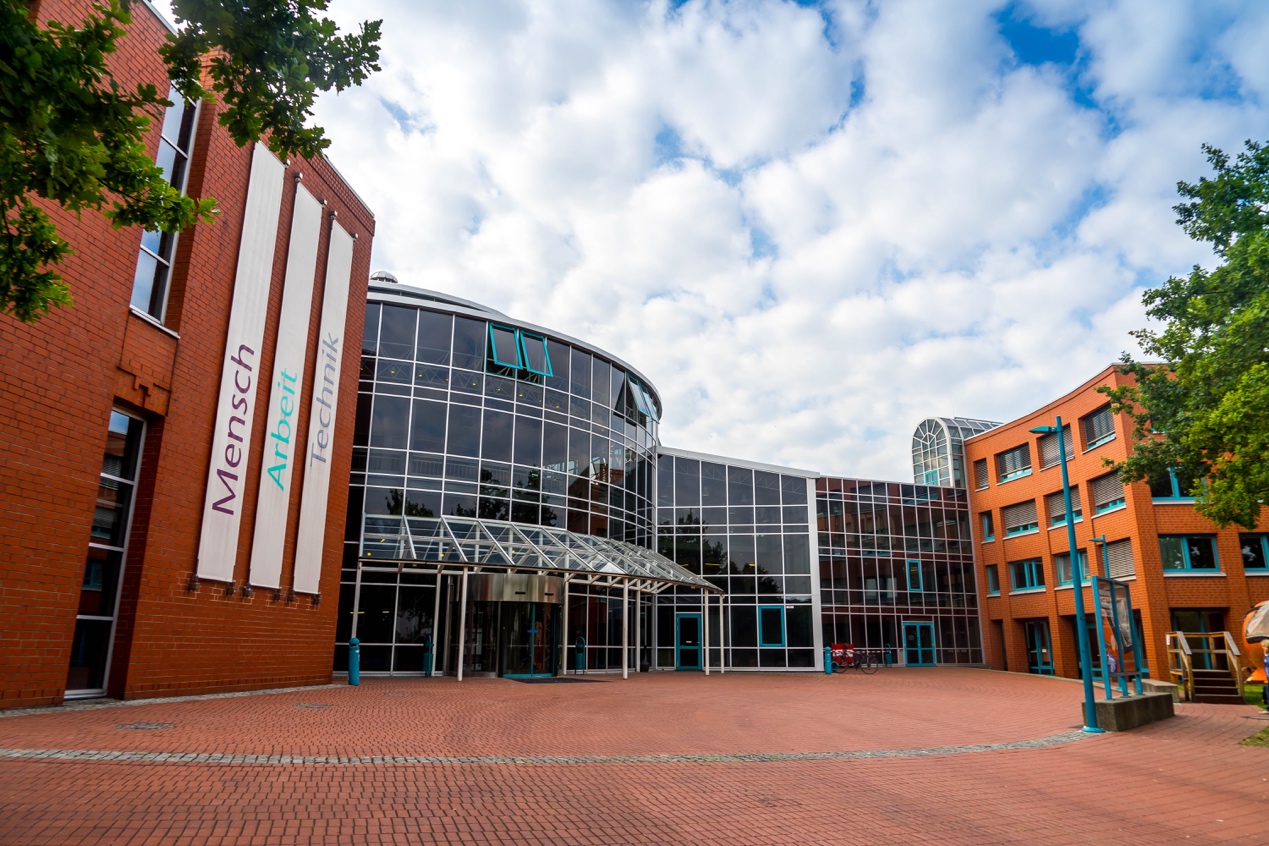
Yes, there are machines, too, such as a moving robot, but the purpose of the exhibit is to make visitors think: how will increasingly intelligent machines eventually replace the role of workers? In addition, the exhibits are all centred on “workers” and “work”: you can sit at a realistic control desk and experience the work of an airline controller, or you can learn to be a 19th-century textile worker and be confused by the complex and primitive textile machines. You can also learn to be a 19th-century weaver and be confused by the complex and primitive weaving machines.
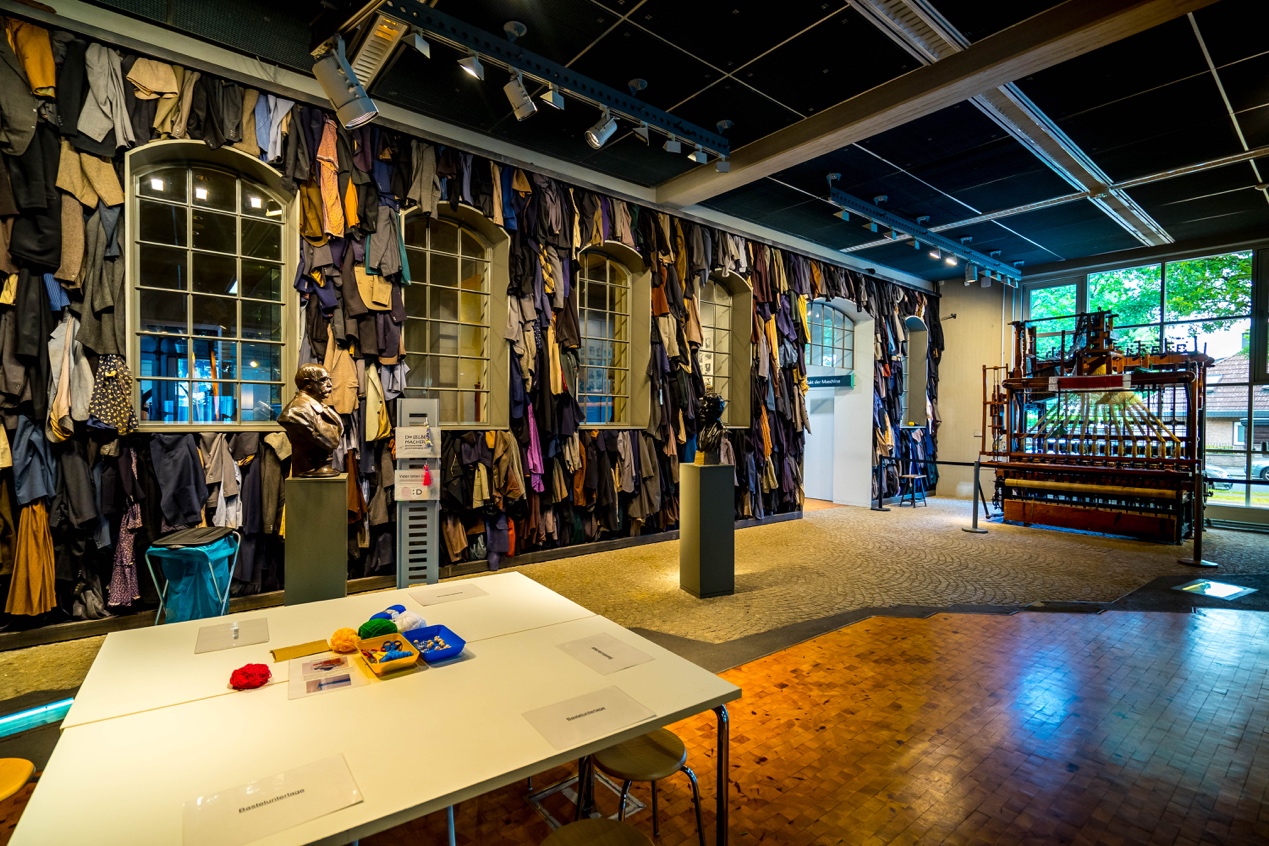
The docent that day was a tall, elderly gentleman, dressed in an old grey and blue backstrap worker’s uniform, living like a worker who had just come off the production line. There were no other spectators in the section at the same time except for me, so I got a chance to talk to him alone. “Did you used to be a worker too?” I couldn’t conceal my curiosity. Unbelievably, he gave me a positive answer.
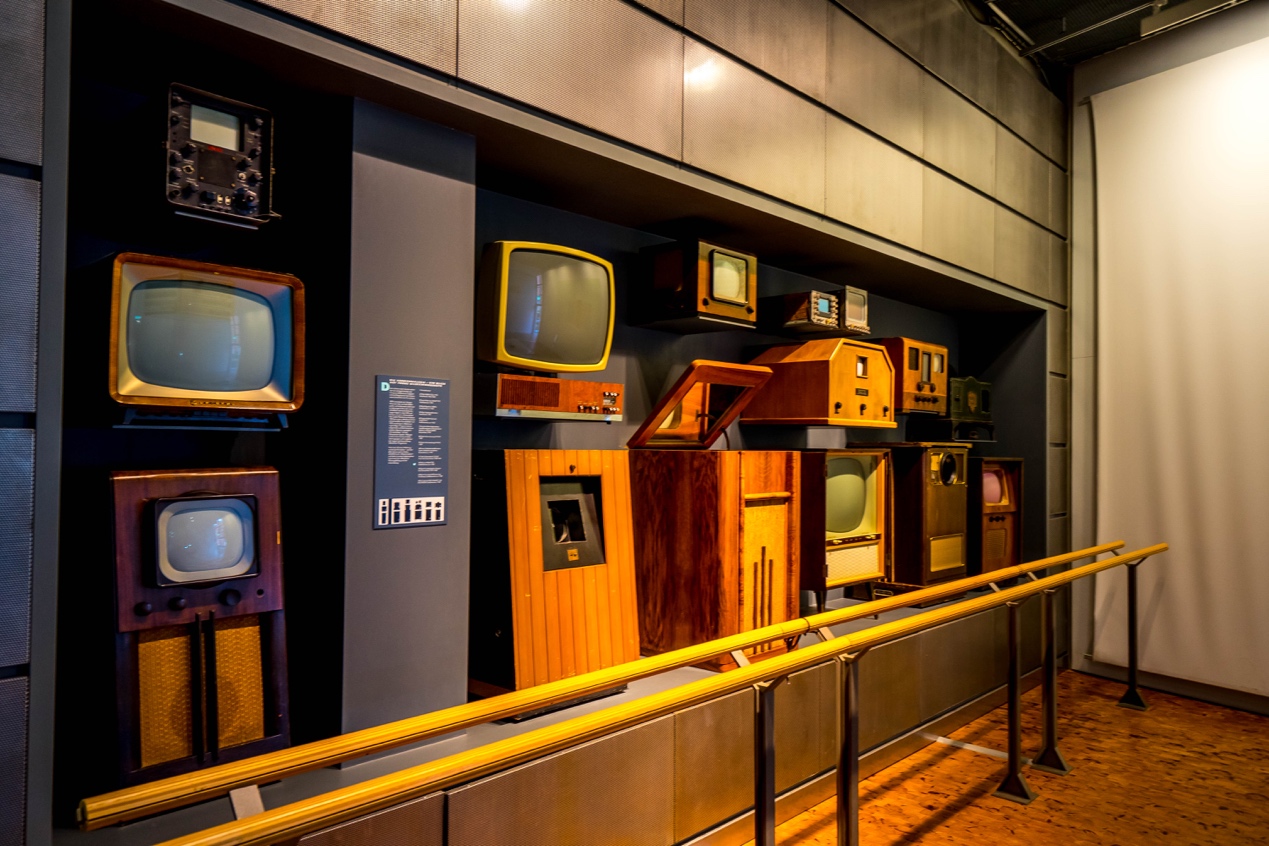
He had been a printer for most of his life and had worked his way up from an apprentice to middle management in a printing plant, earning well above the average German worker. However, in the wave of deindustrialization in the Ruhr region and Germany as a whole, most of the relatively low-end industries such as printing houses closed down or moved to Asia, and he was eventually laid off. He was eventually laid off.
Fortunately, being over half a century old and unemployed, he qualified for the local government’s mentoring program for the unemployed. He was given two options: retire early, or accept a pay cut and join those retired presses from the factory at the DASA museum, where he worked as a docent. “How can I retire early when I love my job?” He didn’t even think twice before accepting the re-employment offer.

Today his job is to tell the glorious history of the Ruhr district industry, and the proud past of the Ruhr workers, before visitors from all directions every day. “So, do you like your job now?” I threw out this somewhat pointed question. “Of course! The history of our German workers needs to be told. I’m happiest when I have little children over, and I make sure to let them know that our country once had such a huge industry and workers. “
“Ay, but ……” he paused abruptly and sighed, “but I still sometimes feel that I was born a worker. Being able to operate those running machines every day is the life I dream of, I guess.”
Wuppertal, a green industrial city under a century-old sky train
Nowadays, light rail trains travelling in the air are nothing new, but have you ever seen a train “hanging” in mid-air? The Wuppertal Suspension Railway, which opened in 1901, is the oldest and most prestigious suspended train system in the world.
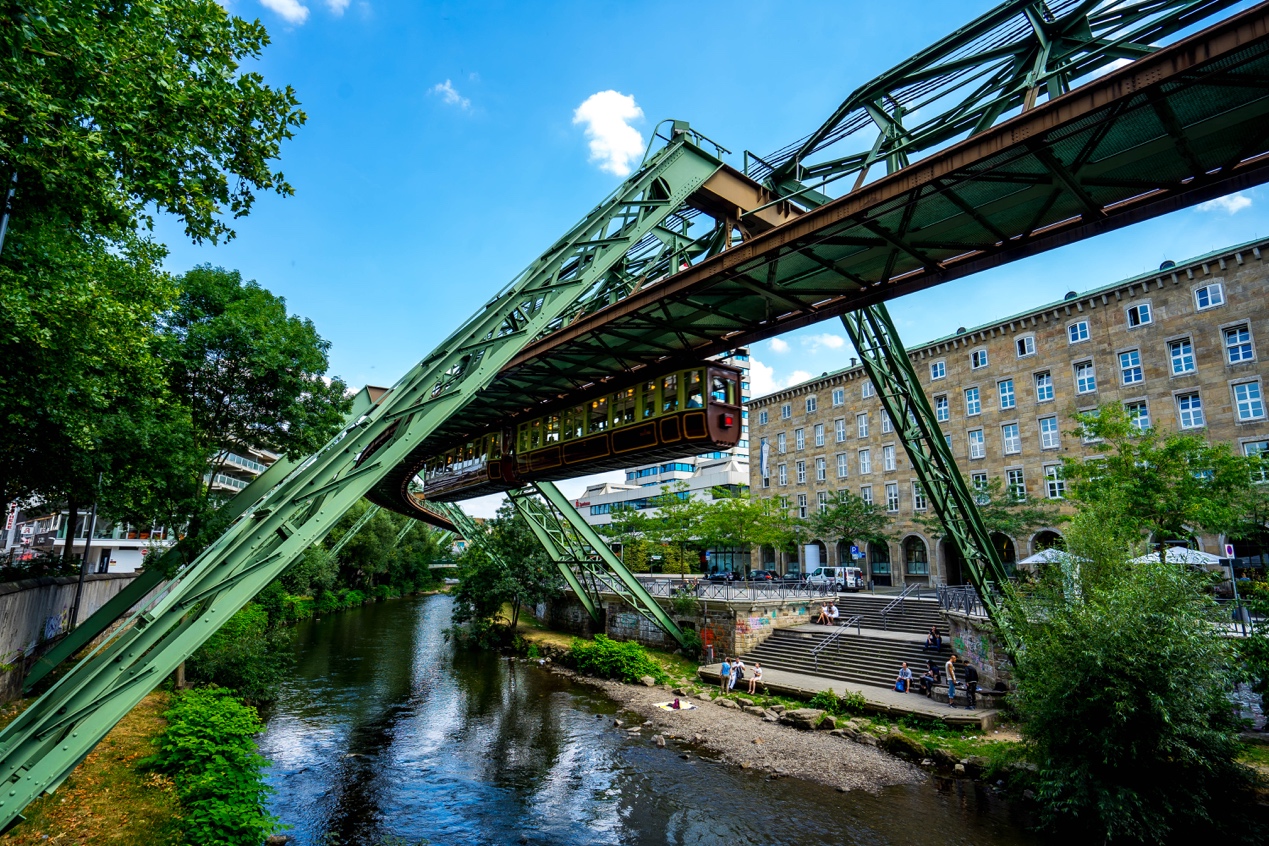
I remember first seeing it in a childhood copy of the Encyclopedia of Science. The seemingly shaky and frightening scenes almost scared the young me out of my wits. The psychological shadows of my childhood became the best reason to go here when I grew up, but when I came, I felt like I was in a post-industrial utopian science-fiction scenario.
The huge, bare steel structures that towered above the sky stretched along the winding river to the end of their sight. Together with the thick supports that slant into the ground on either side, they crawl like a giant centipede through the ancient cities on both sides. Modern trains, sleek and round and full of passengers, flew beneath the belly of this centipede, and even intersected with ease, accompanied by the brief vibration of the steel frame and the sharp sound of the wind.

But when he stepped into the train and followed it, hanging under the Iron Centipede, he could hardly feel a trace of danger. The only thing in front of me was the city scenes that were switching rapidly like water, and the passengers who had already gotten used to all this were relaxed.
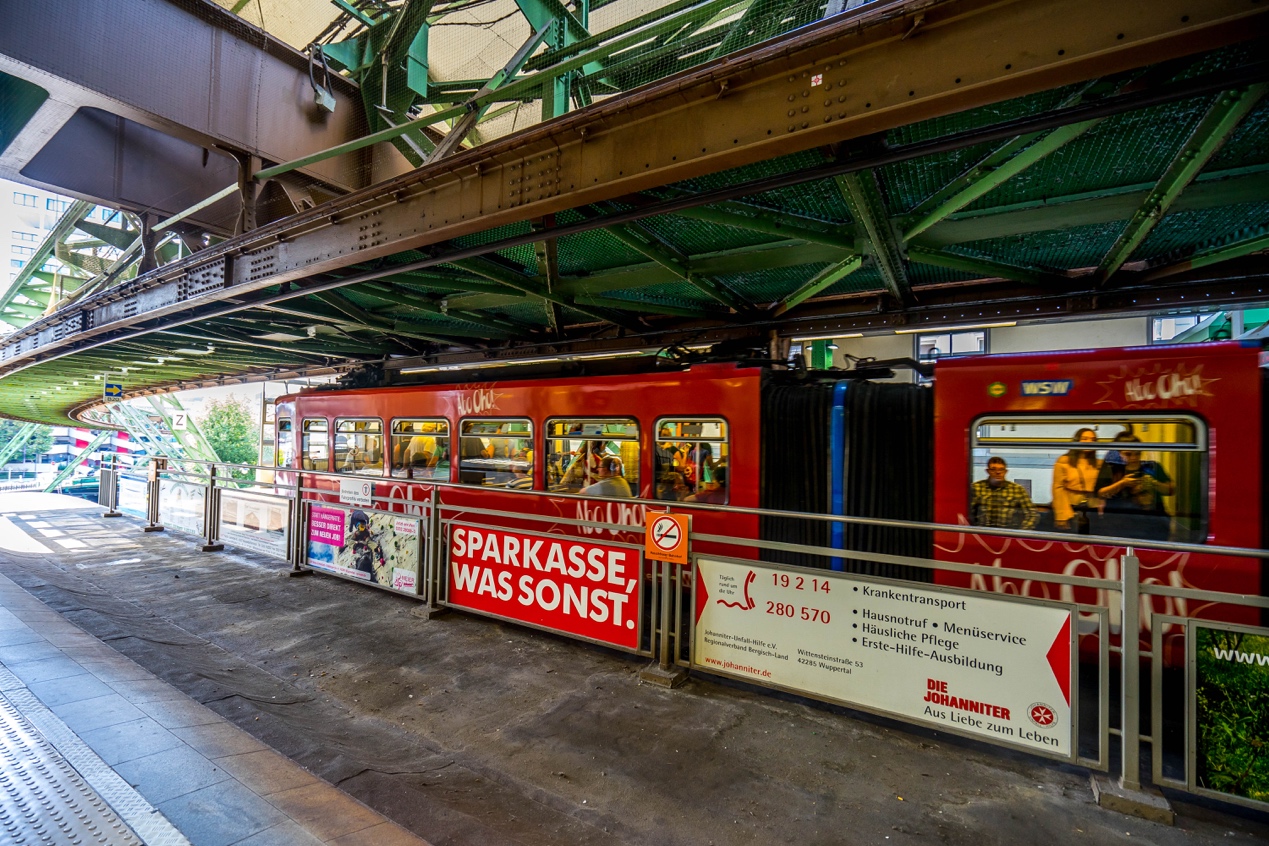
Unfortunately, most visitors to Wuppertal stop at this strange train but don’t care much about the past and present of the city behind it.
The official website of the municipality of Wuppertal lists all the local data: resident population 361,157; unemployment rate 7.9%; manufacturing 25.64%; service sector 53.39% …… Behind these seemingly cold figures is an old industrial city struggling to go “green”. The epitome of “green”.The official website of the municipality of Wuppertal lists all the local data: resident population 361,157; unemployment rate 7.9%; manufacturing 25.64%; service sector 53.39% …… Behind these seemingly cold figures is an old industrial city struggling to go “green”. The epitome of “green”.
The industrial history of Wuppertal dates back to the 18th century, and the small Wupper Valley is home to a large number of industrial enterprises and was one of the first industrial sites to develop in the Ruhr. The founding father of communism, Friedrich Engels, was born here and spent his childhood here, as was the “birth” of the household vacuum cleaner and one of the most widely used drugs in the world today: aspirin.
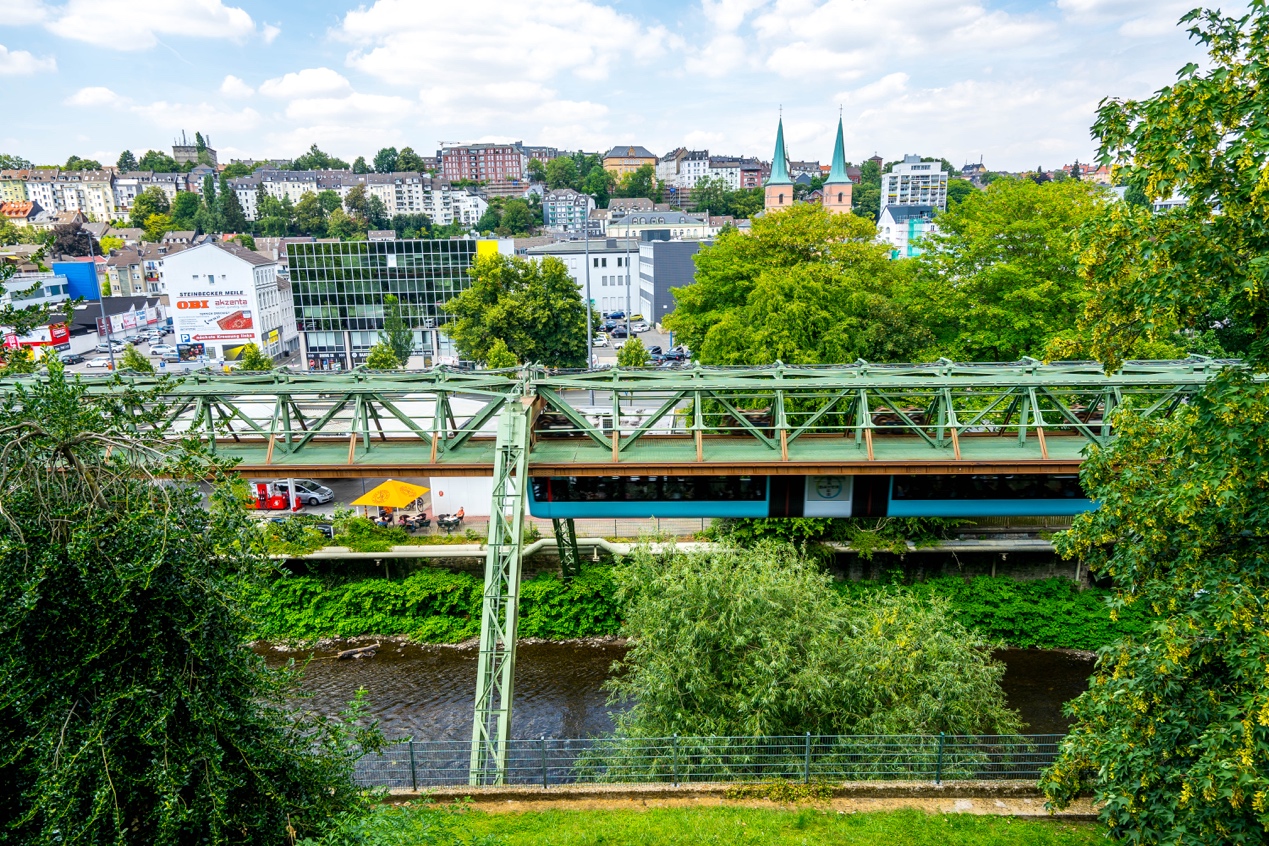
Wuppertal’s industrial history is filled with glory, and unlike many cities in the region that have shifted completely to embrace the tertiary sector, a quarter of manufacturing output today means that industry is still one of the mainstays here. The official website of the Wuppertal municipality also lists the efforts made by industrial enterprises here to transform and upgrade: the former textile and dyeing industry is now making car seat belts, airbags and body paint, with products and technologies covering almost every car in the world; and the former “major effluent discharger” paper mill is now The paper mills, which were once “big emitters of sewage”, are now making green, high-end wallpaper, which has entered thousands of homes in Germany and Europe.
And those companies that were originally technology R&D-based, such as the big-name Bayer Pharmaceuticals, are still leading the global industry. And with a strong industrial talent pool and government support, the area, which many people thought was long on its way to the end of the industry, has even attracted a large number of foreign companies, including 3M from the United States, to invest and set up factories here.
If one looks at these descriptions alone, Wuppertal seems to be a model city for “industrial upgrading”. However, the figures also reveal the city’s shortcomings and concerns: the unemployment rate of 7.9 per cent is higher than not only the German but even the global average. And the population, which has hovered at more than 300,000, has not even returned to the level of more than 400,000 at the beginning of the 20th century. Wuppertal is undoubtedly a very informative case study on how to transform and upgrade industries in old industrial cities, but it is far from perfect.
Essen, from making to creating
You may not have heard of Essen or even the Ruhr region as a whole, but I bet you’ve heard of the Red Dot Design Award. The international design award, which is now so popular around the world that it has become the industry standard for industrial design, originally originated in Essen in the Ruhr region.
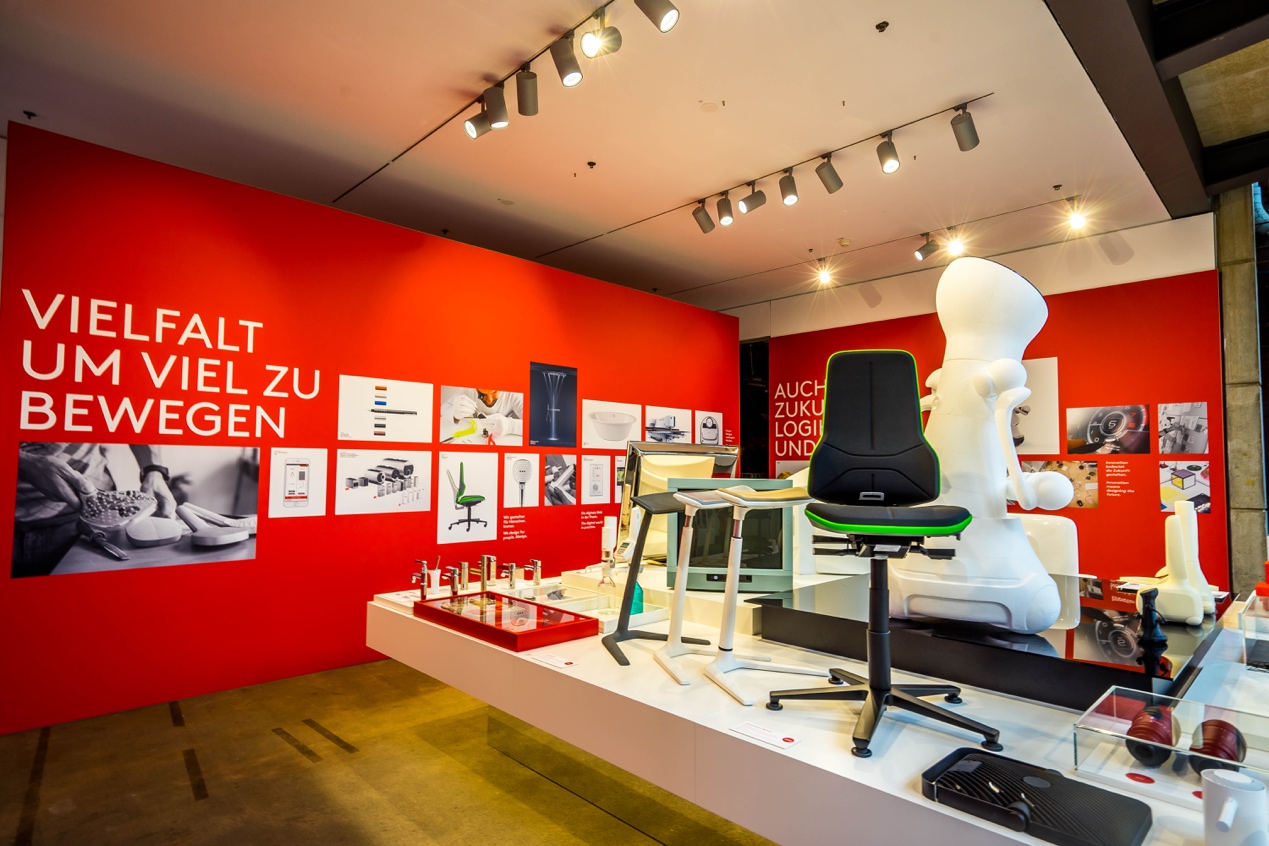
In 1955, a permanent exhibition entitled “Elegant Industrial Products” was opened at the Villa Hügel in Essen. At that time, the Ruhr was still in the midst of a manufacturing boom, but the idea of a change from “making to creating” was already in the air. The “Elegant Industrial Products” exhibition eventually developed into what is now known as the “Red Dot Design Award”, which has gone from being a self-indulgent event in a small industrial town to a global trendsetter in industrial design.
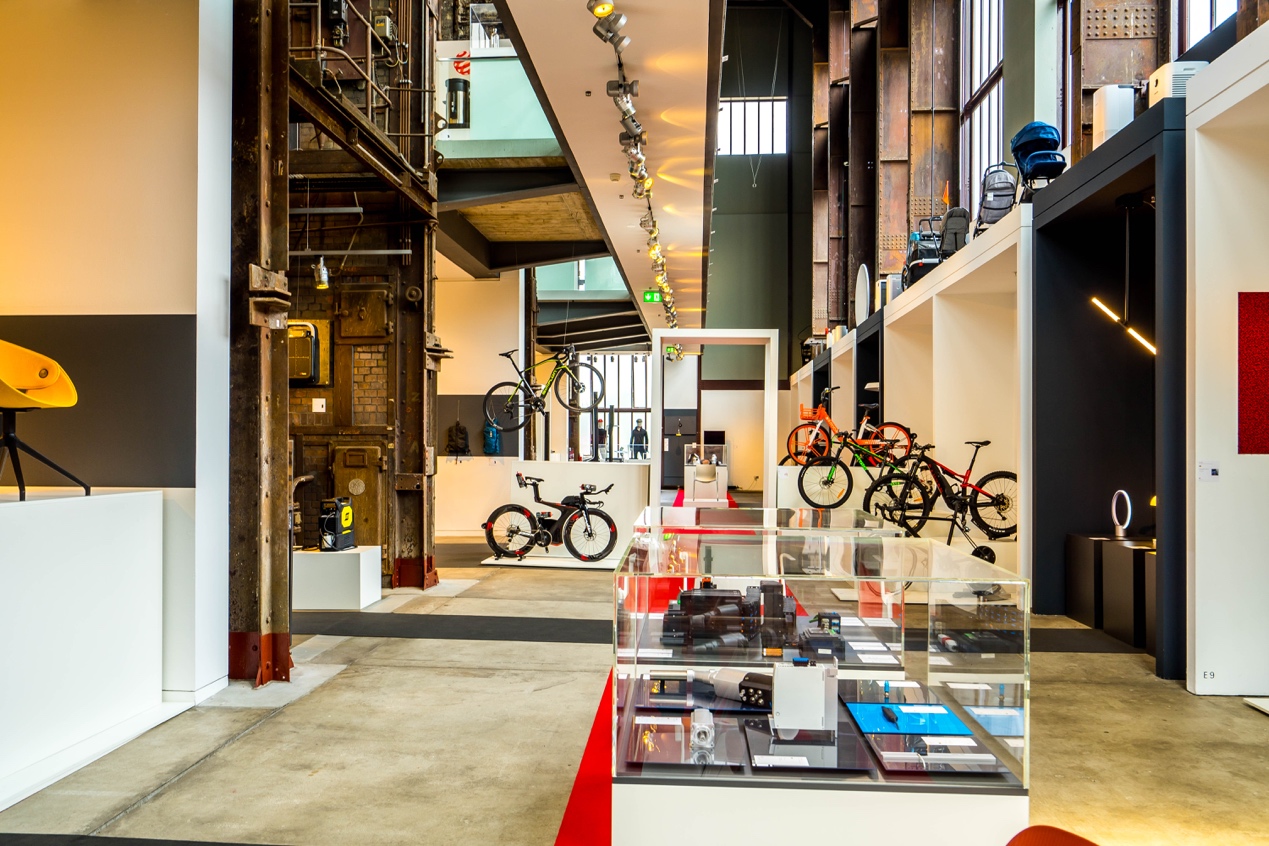
In Essen, the World Heritage Site of the Zollverein Coal Mine Industrial Complex now stands on the outskirts of the city, but of course, the once-hot mines are long gone. The most prominent of the buildings, a giant boiler house in typical Bauhaus style, is now home to the Red Dot Design Museum.

The intricate steam pipes and rusty iron doors of the boiler still look the same as they did back then. However, the boiler’s historic red brick exterior has been cleverly turned into a backdrop for a variety of trendy industrial products. From clothing, shoes and hats, to tables, chairs and furniture, to household appliances and even a small helicopter, the exhibits here are diverse, yet they all share a common name: Red Dot Design Award winners.
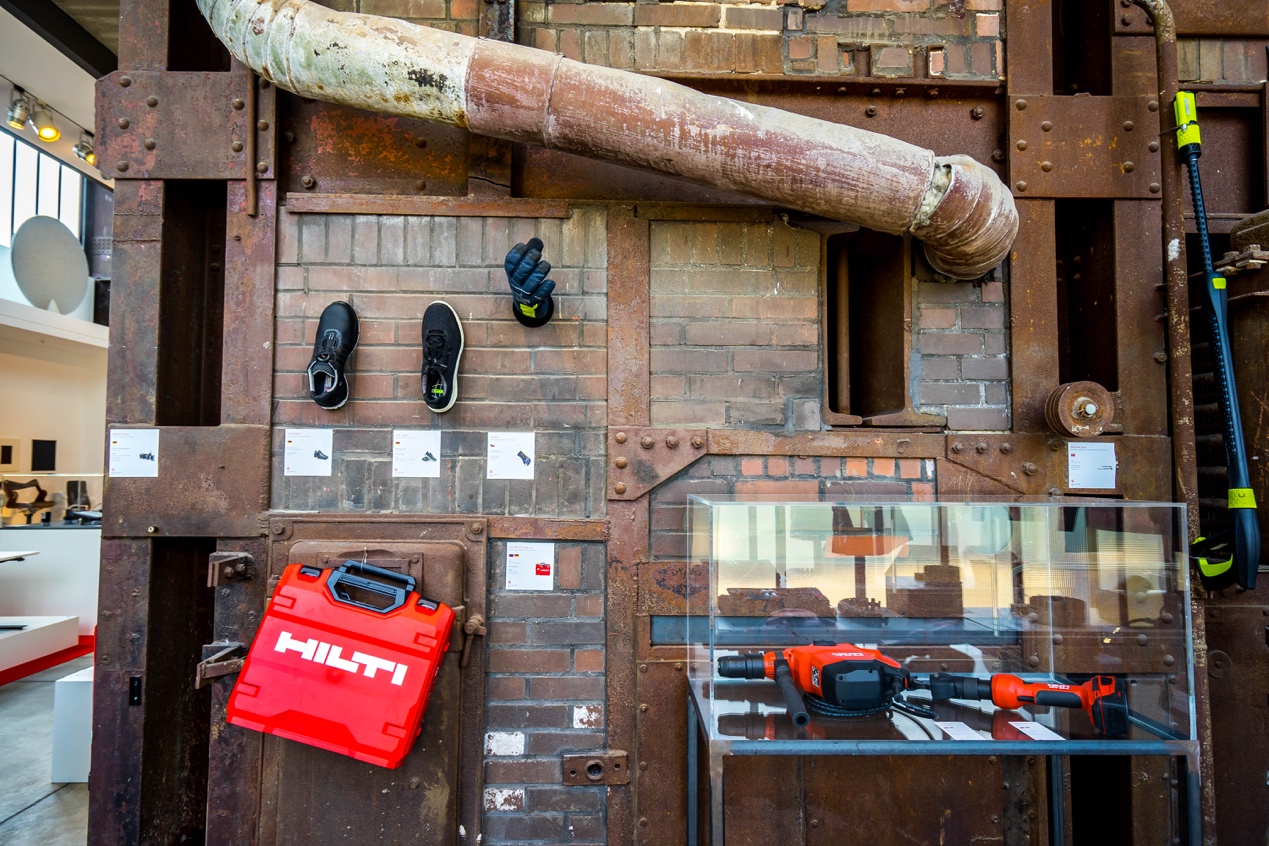
Any industrial company on the planet would consider it a great honour to put its products in this museum. And this once abandoned mine has been transformed into the place where the world’s industrial design community has the most to say.
How to revitalize the old industrial heritage, and how to present the seemingly cold industrial culture, Essen, and even the Red Dot Design Museum here, have certainly given us new ideas.

